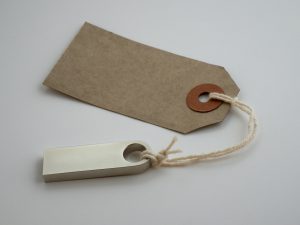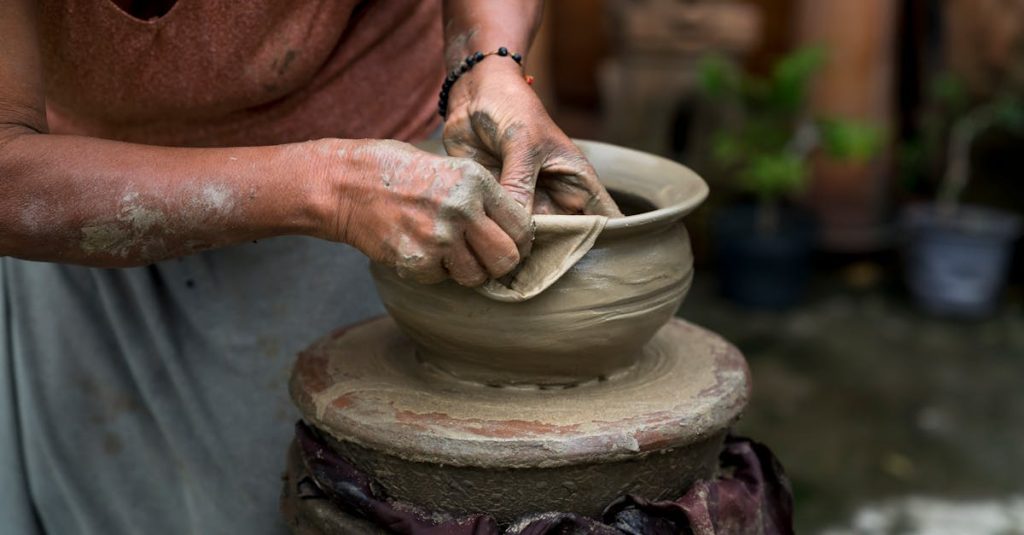
Choosing the Right Online Marketplace
A. Etsy
Best for: Handmade, vintage, and craft supplies.
Pros: Built-in audience, easy to use, strong SEO.
Cons: Listing fees ($0.20 per item) + 6.5% transaction fee.
Tips for Success:
Use high-quality photos and keywords in titles/tags (e.g., “Handmade Macramé Wall Hanging, Boho Home Decor”).
Offer customization options to stand out.
B. Amazon Handmade
Best for: Scalable handmade businesses.
Pros: Massive traffic, FBA (Fulfillment by Amazon) option.
Cons: Strict approval process, higher fees (15% referral fee).
C. Shopify (Your Own Store)
Best for: Branded, long-term businesses.
Pros: Full control, no listing fees, customizable.
Cons: Requires marketing effort (no built-in traffic).
Pro Tip: Start with Etsy to test demand, then expand to Shopify later.
Pricing Your Handicrafts Profitably
Pricing Formula:
Total Cost = (Materials + Labor + Overhead) × Profit Margin
Materials: Cost of supplies.
Labor: Pay yourself a fair hourly wage (e.g., 15–15–30/hour).
Overhead: Packaging, shipping, tools, fees.
Profit Margin: At least 20–30%.
Example:
Materials: $5
Labor (2 hours at 20/hour):20/hour):40
Overhead: $3
Total Cost: $48
Retail Price: 48×1.3(3048×1.3(3062.40**
Common Mistakes:
Underpricing (hurts long-term growth).
Ignoring hidden costs (like transaction fees).


Taking Stunning Product Photos
DIY Photography Tips:
Lighting: Use natural light near a window (avoid shadows).
Background: Neutral (white, wood, marble) or lifestyle shots (e.g., a mug on a cozy table).
Angles: Show details with close-ups + full product shots.
Editing: Use free tools like Canva or Snapseed to adjust brightness/contrast.
Example: A hand-painted ceramic bowl should have:
Flat lay (top view).
Side angle.
“In-use” shot (e.g., with fruit inside).
Writing Compelling Product Descriptions
Key Elements:
Story: How/why you make the item (e.g., “Each piece is hand-glazed using traditional techniques”).
Details: Size, materials, care instructions.
Benefits: Solve a problem (e.g., “Adds a rustic charm to your kitchen”).
SEO: Include keywords like “handmade leather wallet for men.”
Bad Example: “Pretty ceramic vase.”
Good Example: “Handmade Stoneware Vase – 8″ Minimalist Home Decor, Perfect for Fresh or Dried Flowers.”



